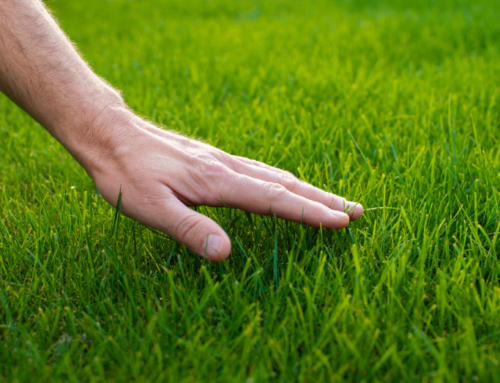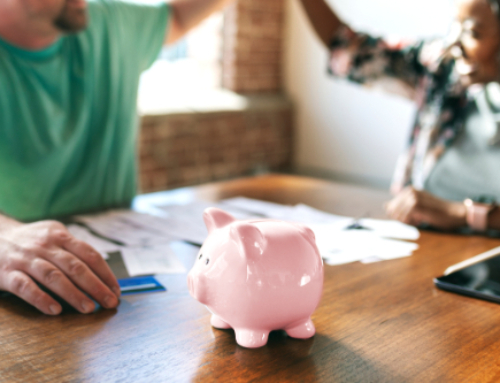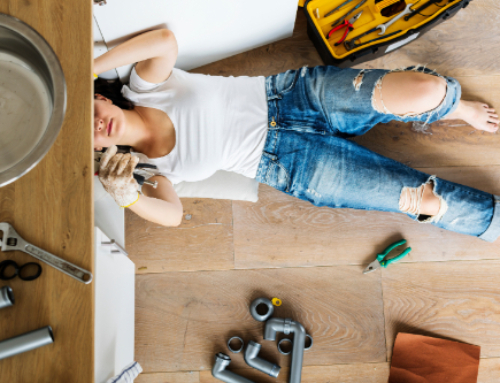Have you always wished you had a green thumb? Speaking as someone who has killed a cactus (the most low-maintenance of plants!) container gardens are the easiest of beginner steps for gardening. You only need four things: a container, plants, soil, and water! Apartment dwellers and those who rent can still garden with container gardening!
Controlled Environment
You can control the soil and the moisture of a container garden better than a typical landscape garden. Some plants won’t be suited to the natural soil of where you live. Take into account the climate you are in, and what type of ground or dirt you have in your yard- some plants won’t thrive planted in the ground, but they will flourish in a container.
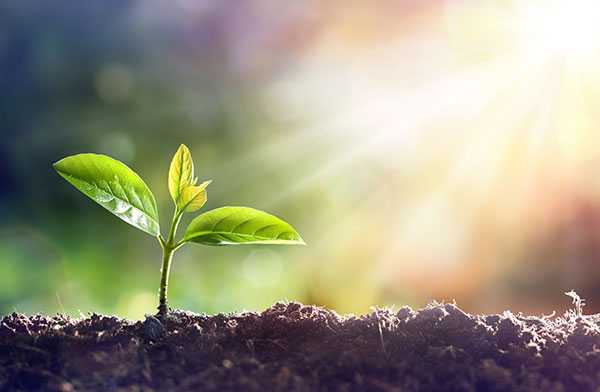
Follow the Sun
A container garden allows you to move containers around. Sensitive plants can be brought indoors if the weather is too cold, or if they aren’t strong enough yet for heavy rain and wind. Moving containers allows you to take advantage of the shifting sun and follow the light.
Choose the Right Soil
Once you decide the kind of plants you want to grow, research the type of soil that is best. A common mistake made with first time gardeners is using any soil, and even digging up ordinary dirt from the yard to transfer to the pot. It’s best to use a specialized potting mix in your containers, and you can easily find them at local garden centers or home improvement stores.
Containers
There are limitless options for containers- you can find them in stores or even around the house in ordinary objects like halved wine barrels or teapots. A useful article by Kerry Michaels on repurposing wooden containers into garden planters can be read here. Just remember, the smaller the container, the less potting mixture it will hold, so the less room for error in the soil moisture level. Be sure it has proper drainage.
Draining System
Container pots are easily overwatered, which causes the plants to drown. If your pot doesn’t have any drainage you may need to add some by drilling or poking holes into the bottom. Plastic pots are more prone to drowning plants than clay pots because clay pots “breathe” while plastic doesn’t evaporate. Add drainage so that the water doesn’t pool to the bottom of the pot. For more tips on watering container plants properly, read here.
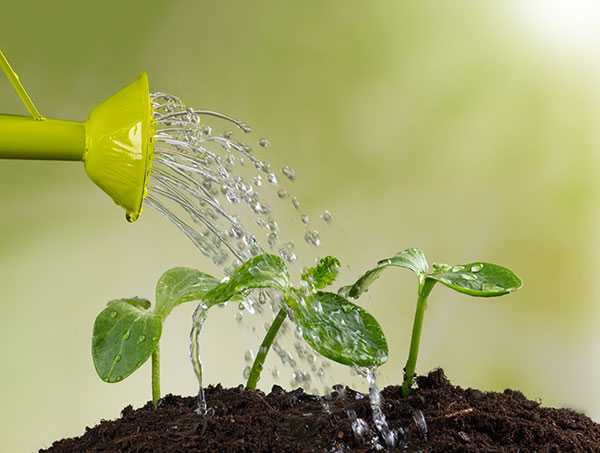
Watering
Watering your plants seems like the easiest step, but without being able to see where the water goes it’s easy to overwater your plants. The best way is to water them deeply- give them a good, long drink until the water runs out the bottom of your container’s holes. Another reason why drainage is so important! This ensures water gets to the roots of your plant. Water in the morning, and water the soil, not the leaves.
A small container plant can be an easy first step to practice your green thumb! It’s less commitment and all the fun!


